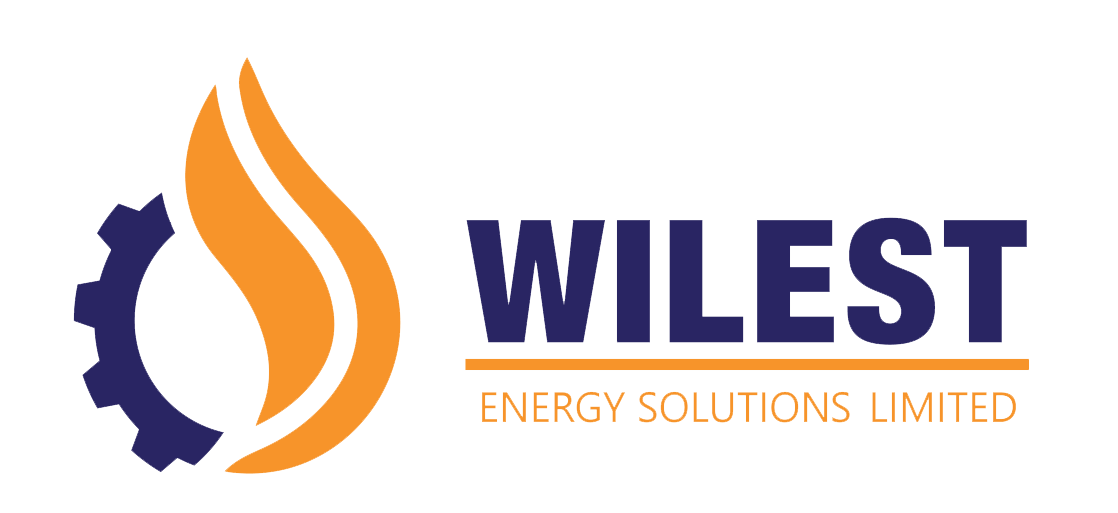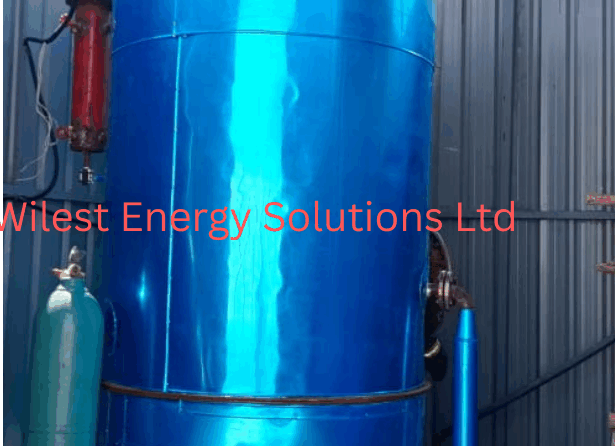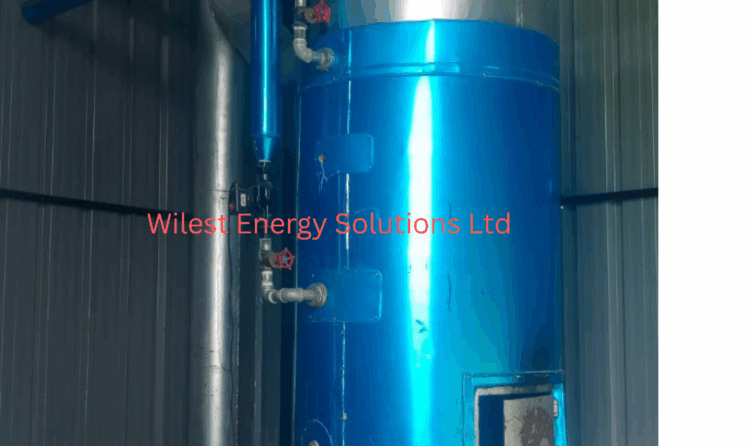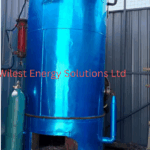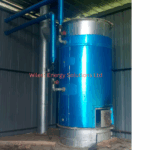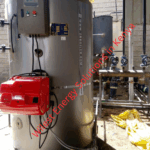Different Types of Pipe Lagging Insulation in Kenya
In Kenya, where extreme temperatures can be felt, the importance of proper insulation cannot be understated. This is why homeowners and businesses alike must understand the different types of pipe lagging insulation available to them. Pipe lagging insulation is a cost-effective solution to help prevent heat loss, prevent pipe condensation, and protect pipes from potential damage.
Fiberglass Pipe Lagging Insulation

Fiberglass Pipe Lagging Insulation
Fiberglass pipe lagging insulation is one of the most common types of insulation materials used for pipes in Kenya. It is made of fine glass fibers that are spun and bonded together to form a sheet of insulation. The fiberglass material is then wrapped around the pipes and secured in place with wire or tape.
One of the benefits of using fiberglass insulation is its excellent thermal performance. It has a high insulation value and can help to reduce heat loss. It is also non-flammable and non-combustible, making it safe for use in both commercial and residential buildings.
However, fiberglass insulation can be difficult to handle, and it may require the use of protective gear, such as gloves and masks. It is also prone to damage from moisture, which can reduce its effectiveness over time.
Foam Pipe Lagging Insulation
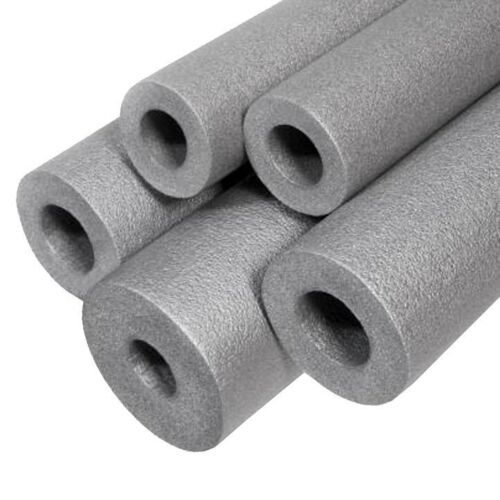 Fiberglass Pipe Lagging Insulation
Fiberglass Pipe Lagging Insulation
Foam pipe lagging insulation is made from a variety of materials, such as polyurethane, polyethylene, or neoprene. It is a popular option due to its versatility and ease of installation. Foam insulation is available in both rigid and flexible forms, and can be cut to fit around pipes of different sizes and shapes.
Foam insulation provides excellent thermal performance, as it has a high insulation value and can help to reduce heat loss. It is also moisture-resistant, which means it can help prevent pipe condensation and potential damage.
One drawback of foam insulation is that it can be expensive compared to other types of insulation. It is also prone to damage from UV exposure and can be easily damaged if not installed properly.
Mineral Wool Pipe Lagging Insulation
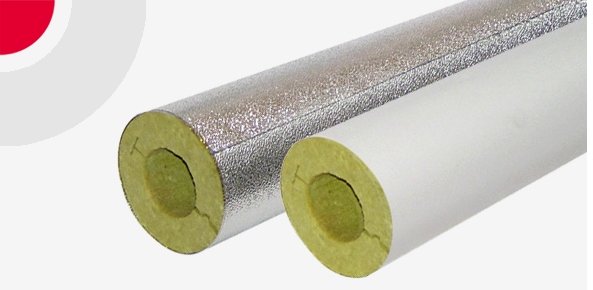 Mineral Wool Pipe Lagging Insulation
Mineral Wool Pipe Lagging Insulation
Mineral wool pipe lagging insulation is made from natural rock or slag fibers that are spun and bonded together to form a sheet of insulation. It is a cost-effective option for pipe insulation, and is commonly used in commercial and industrial buildings.
Mineral wool insulation provides excellent thermal performance, as it has a high insulation value and can help to reduce heat loss. It is also moisture-resistant, which means it can help prevent pipe condensation and potential damage.
However, mineral wool insulation can be difficult to handle and may require the use of protective gear, such as gloves and masks. It is also prone to settling over time, which can reduce its effectiveness.
Cellular Glass Pipe Lagging Insulation
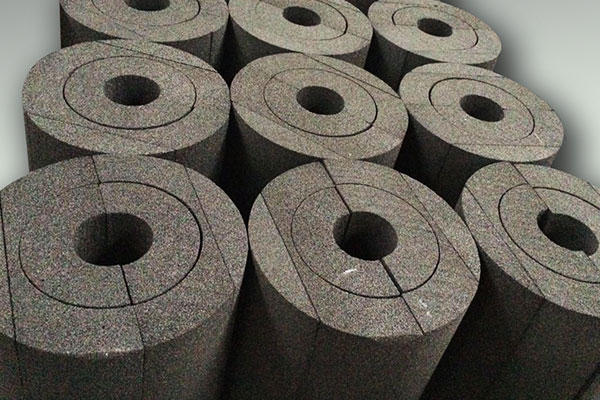 Cellular Glass Pipe Lagging Insulation
Cellular Glass Pipe Lagging Insulation
Cellular glass pipe lagging insulation is made from a closed-cell glass material that is formed into sheets or blocks. It is a durable and long-lasting option for pipe insulation, and is commonly used in industrial settings.
Cellular glass insulation provides excellent thermal performance, as it has a high insulation value and can help to reduce heat loss. It is also moisture-resistant and fire-resistant, which means it can help prevent pipe condensation and potential damage.
However, cellular glass insulation can be expensive compared to other types of insulation, and may require professional installation. It is also prone to damage from impact and may not be suitable for all types of pipes.
The choice of pipe lagging insulation depends on the specific needs and requirements of each building. Fiberglass, foam, mineral wool, and cellular glass insulation are all effective options for reducing heat loss and preventing pipe condensation. It is important to consult with a professional such as Wilest Energy Solution Ltd to determine the best type of insulation for your pipes.
